Early Press Screening For The Hobbit Fails To Wow Critics, 48fps Is A Killer
He might have served ever-faithful fans of the source material, the more po-faced critics of the film world - The Return of the King was the first fantasy film to win Best Picture, remember – and suited execs at New Line Cinema with his ambitious adaptation of J.R.R. Tolkien's epic fantasy trilogy The Lord Of The Rings, but Peter Jackson faces an uphill struggle to appease them all with trilogy prequel double-header The Hobbit if early reactions to press screenings are to be believed.
Having been at the fore-front of the push in motion-capture technology with the likes of Gollum, the re-birth of the Eighth Wonder of the World in 2005's King Kong remake and being one of the key instruments in the big-screen debut of Tintin, Jackson is now triumphing a new camera rig that shoots at 48fps rather than the cinematic-standard 24fps. Jackson has said from the very beginning it results in a much smoother, more lifelike image that will also make 3D less of a strain on eyes – the format another first for Middle Earth.
But his enthusiasm has been hastily swamped by those critics who managed to catch a 10-minute glimpse of Martin Freeman as Bilbo and his 13-dwarf strong companion party at this year's CinemaCon. Many of whom have been left despondent by the way the upping in frames captured per second has left the footage feeling altogether non-cinematic and absent of much of the 'magic' that Jackson, Walsh et al. conjured within the trilogy. Devin Faraci at Badass Digest, for one, dismisses the early footage as reminiscent of “that soap opera look you get from badly calibrated Tvs...[like a] hi-def version of the 1970s I, Claudius.”
“The 48fps footage I saw looked terrible,” he continues in no uncertain terms. “The sets looked like sets and it looked completely non-cinematic. The magical illusion of cinema is stripped away completely.” Though he did describe how the landscape helicopter shots of Middle Earth were nothing short of stunning. One projectionist told the LA Times that the film “looked like a made-for-TV movie...It was too accurate, too clear. The contrast ratio isn't there yet – everything looked either too bright or black.”
Peter Sciretta from Slash Film, who had also been an early believer in 48fps himself, described how it was “jarring” seeing the LOTR universe in 48fps. “The change from 24fps to 48fps is HUGE. It completely changes what every image looks like; the movements, the tone, everything is different.” Before rounding it off with, “it looked like a made-for-television BBC movie.” There's that comparison again.Jackson with The Hobbit's 3D Red EPIC rig that brings 48fps to Middle Earth
Sciretta, amongst others, have been amazed at how the footage results in the sets looking like sets, the many races of Middle Earth looking distinctly like actors, in make-up and costumes, larping (that is, live-action role-playing folks). “More noticeable in the footage,” Sciretta adds, “was the make-up, the sets, the costumes. Hobbiton and Middle Earth didn't feel like a different universe, it felt like a special effect, a film set with actors in costumes. It looked like behind the scenes footage.”
Jackson might have hit the nail on the head in saying 48fps lends a tangible realism to film (not necessarily a good thing when you're crafting a world where elfs, dwarfs and dragons exist), but on this basis he's going to have a hard time convincing other directors – besides James Cameron, who is as drawn to cutting-edge technology as a blue-bell fly is to faecal matter (no similarity intended) - to follow suit.
Richard Birkett




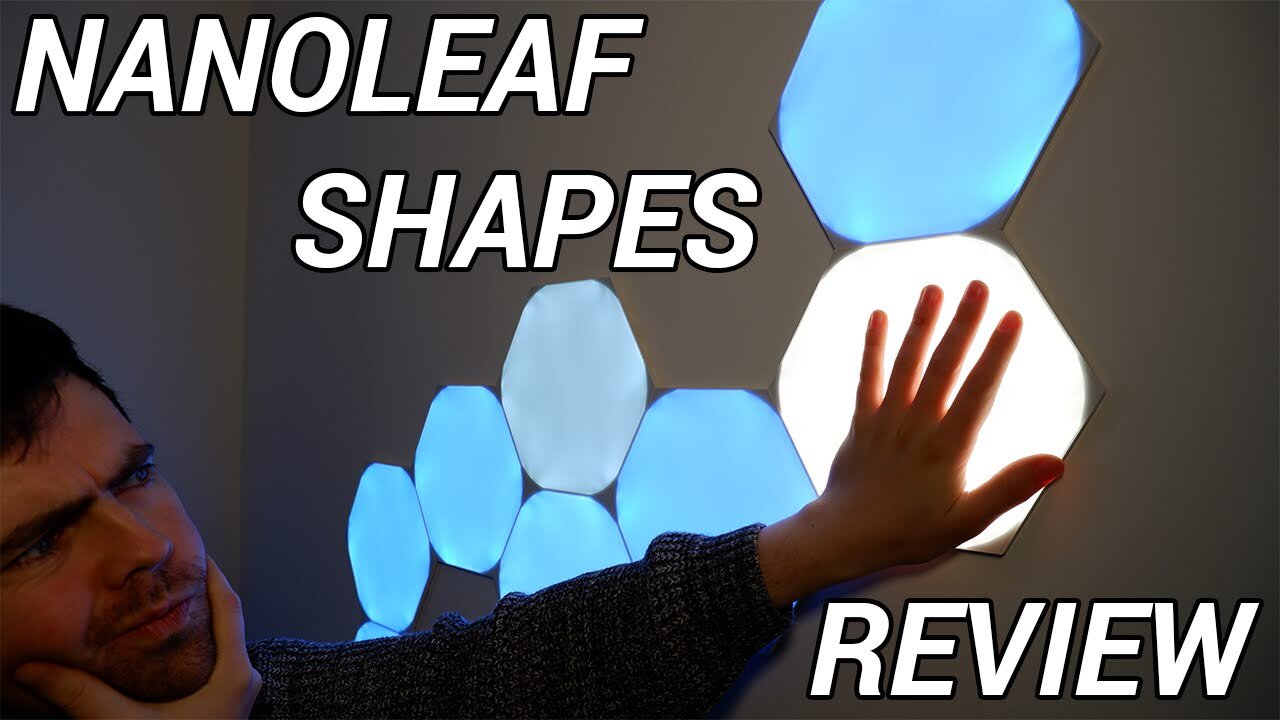
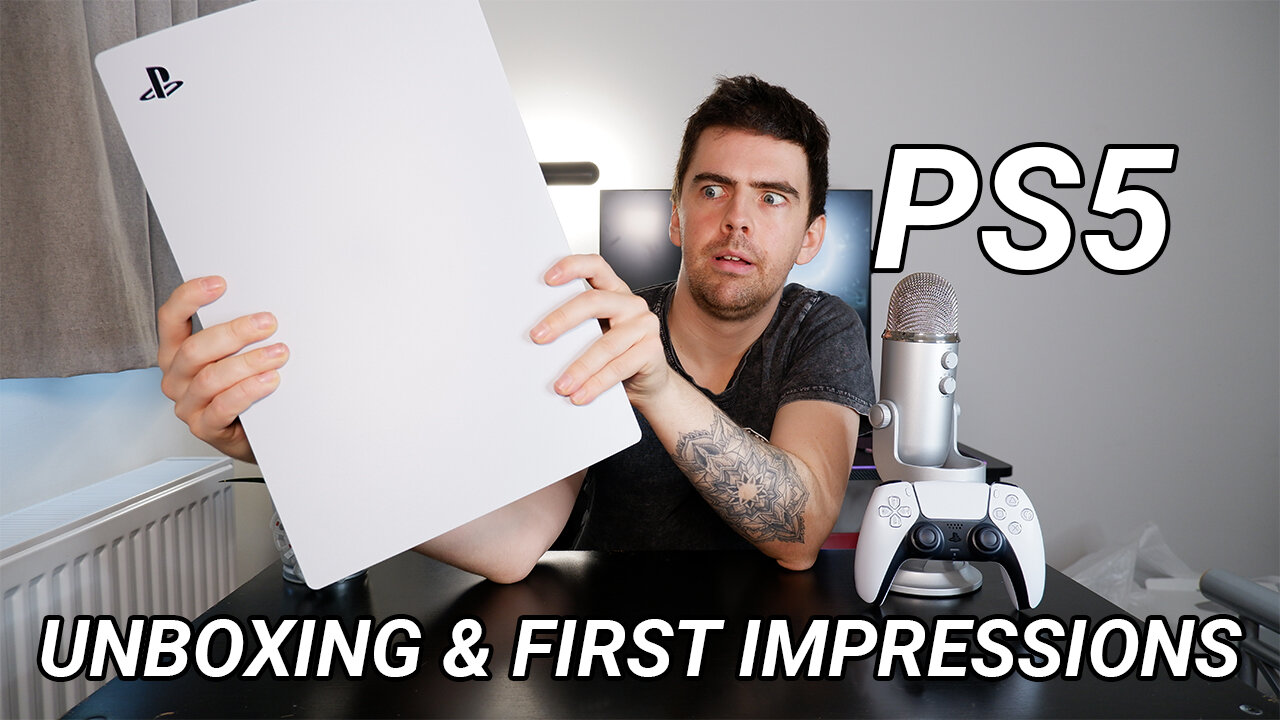
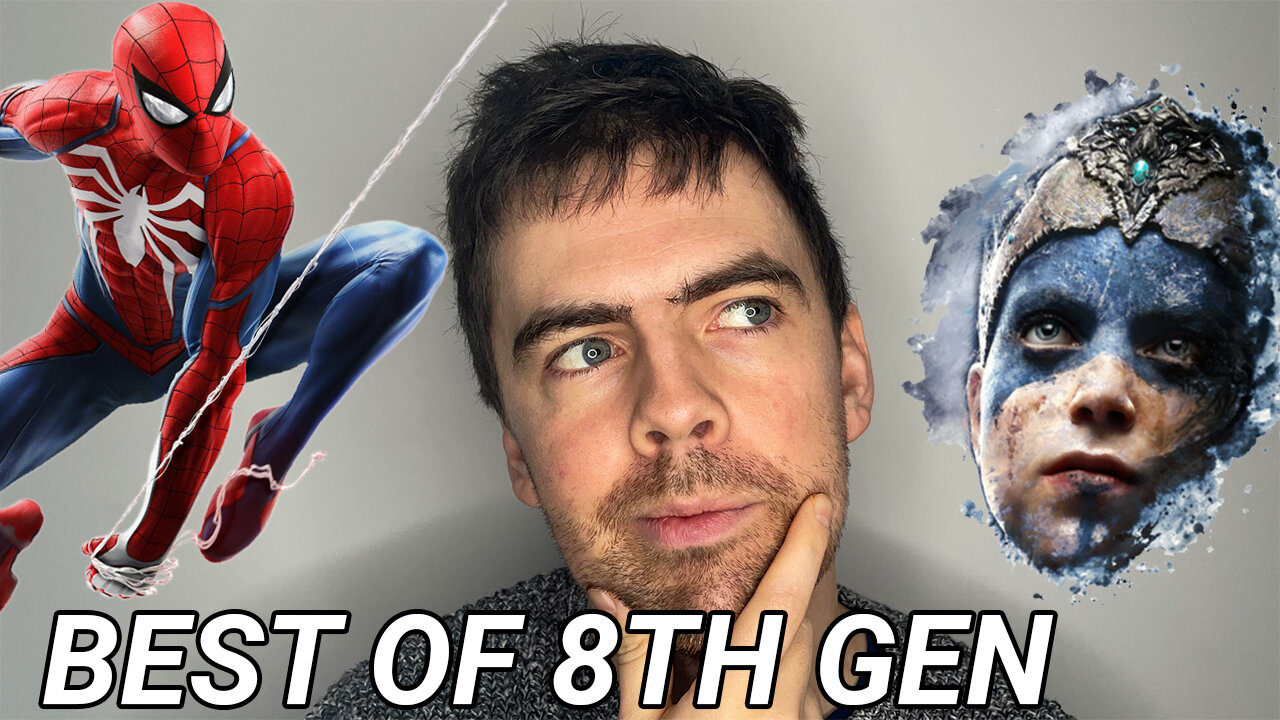
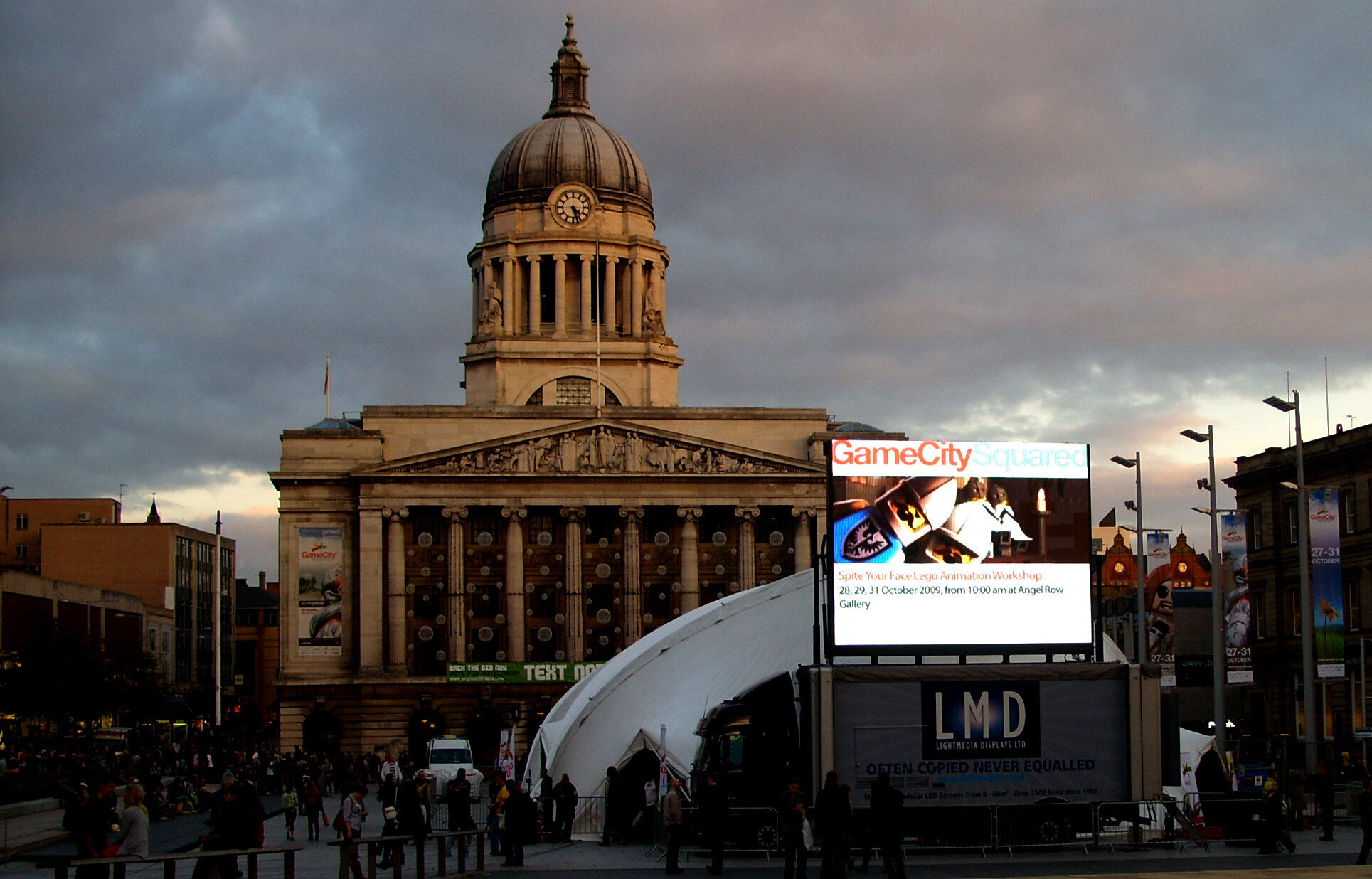
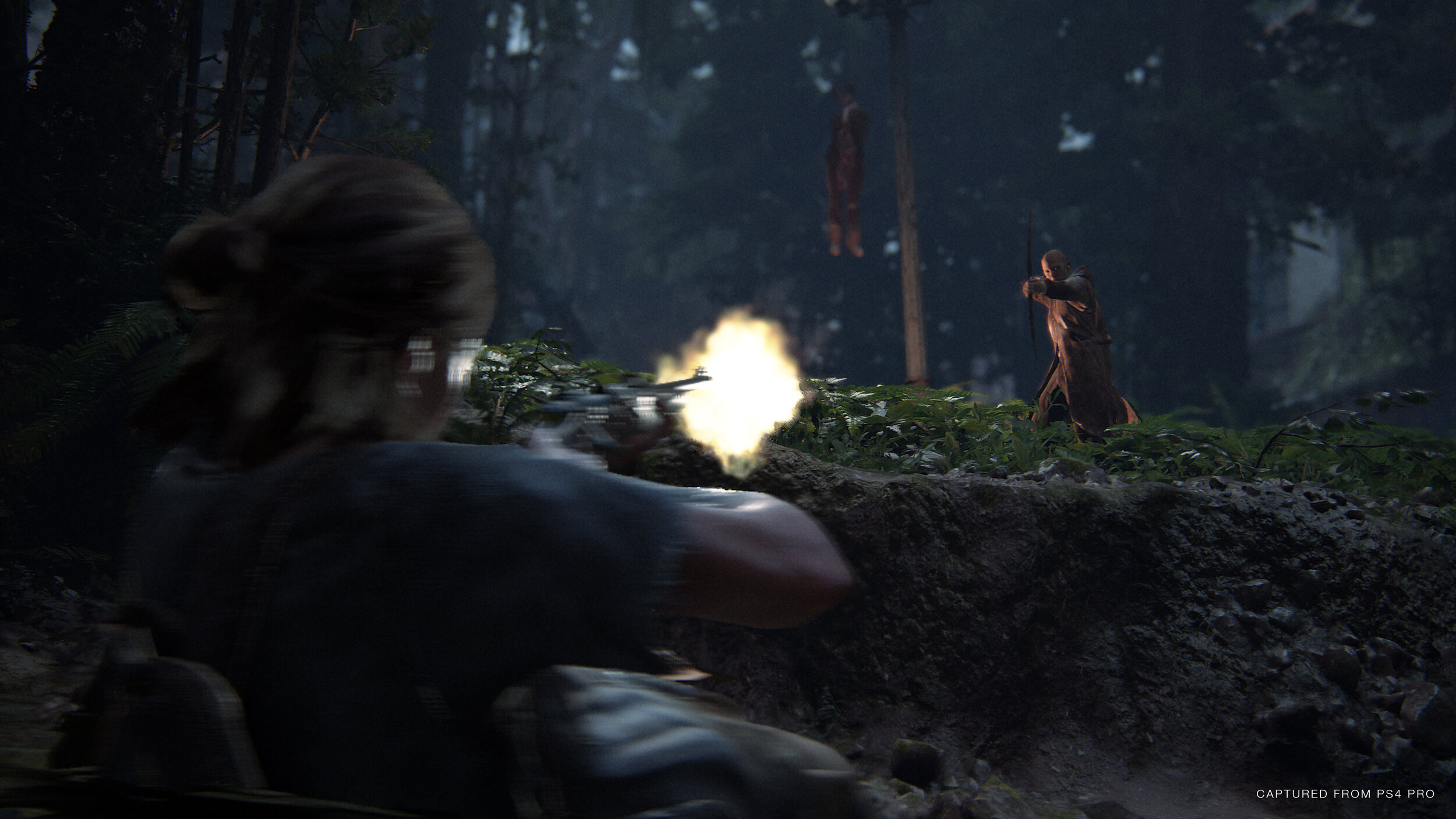
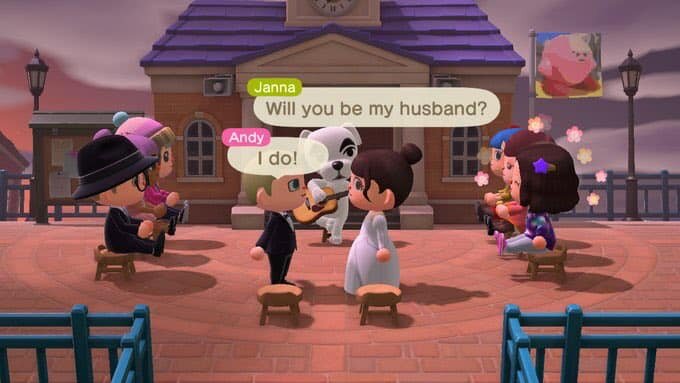
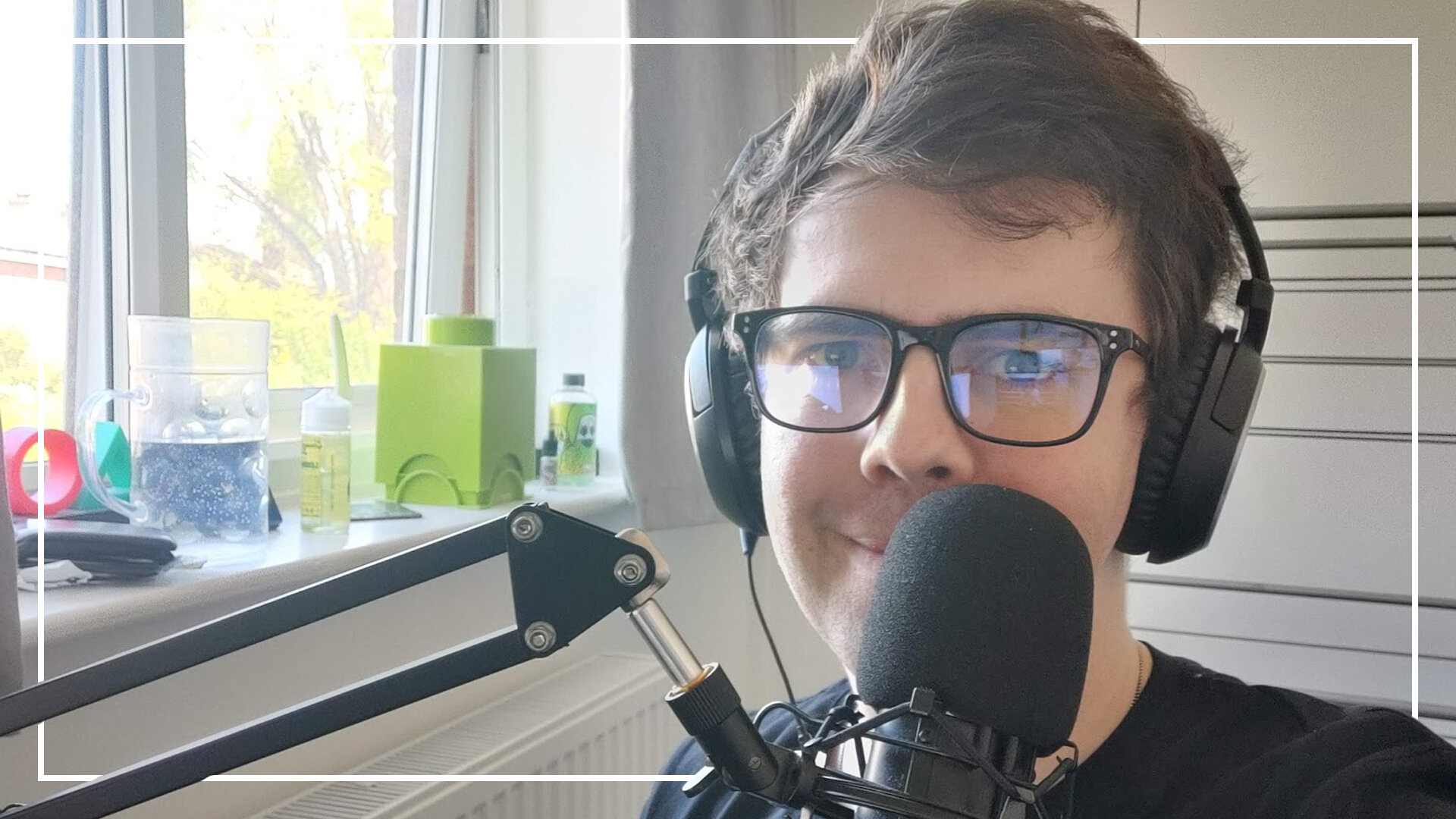
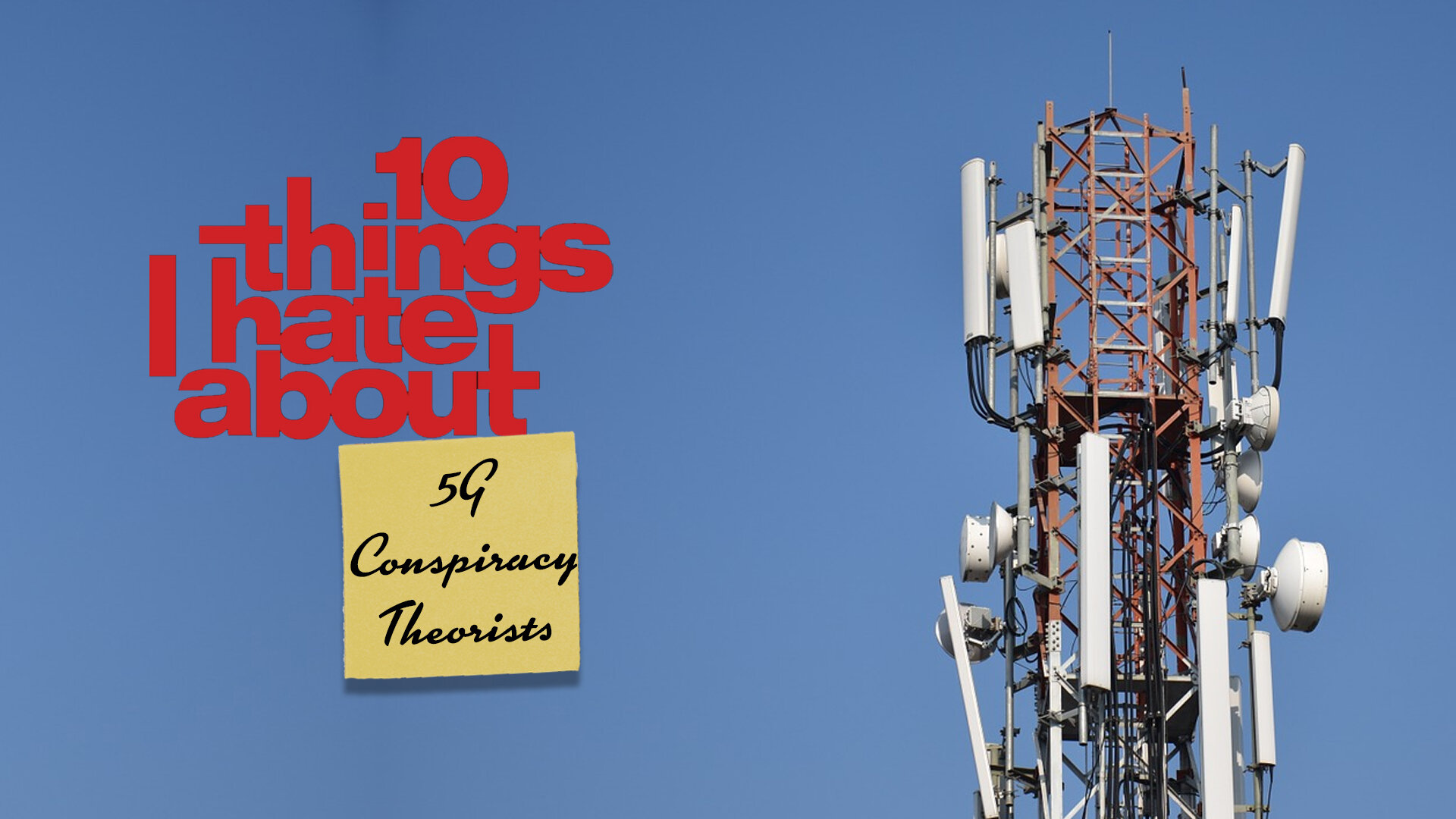
Alongside the scientists, 50% of the British public and the future health of young people across the nation, I have one simple request: delay Freedom Day, please.